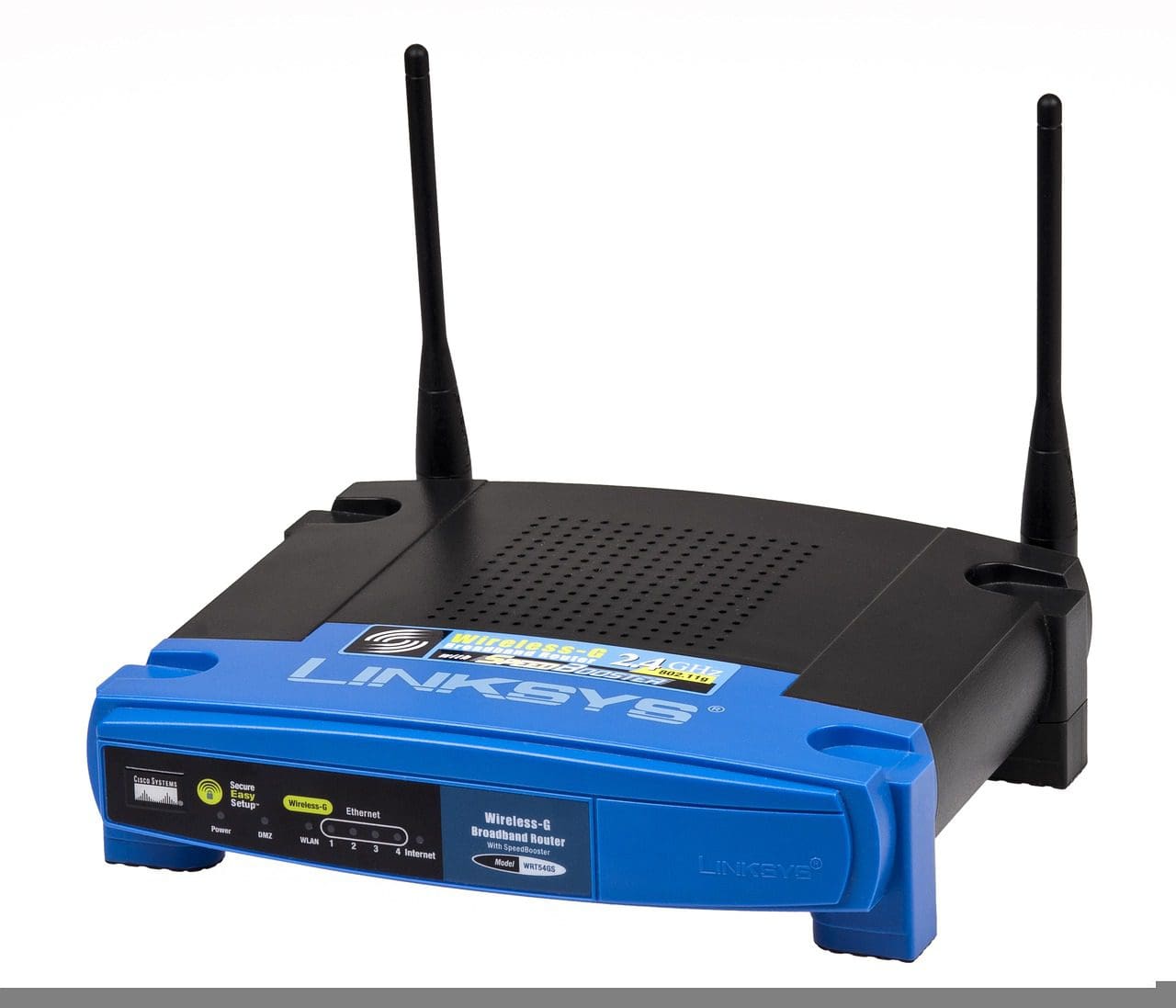A device that allows personal computers or other devices in your local network to connect to the internet by establishing communication is called a router. Every router belongs to a standard established by the Institute of Electrical and Electronics Engineers.
The features and cost of a router vary with its standards. The newest approved standard is the 802.11ac.
Two of its predecessors are 802.11n and 802.11g.
Key Takeaways
- N routers, or 802.11n routers, provide faster data transfer speeds, improved range, and better signal stability than G routers or 802.11g routers.
- G routers, or 802.11g routers, have lower data transfer speeds and shorter ranges than N routers but are compatible with a wider range of older devices.
- N and G routers are Wi-Fi standards for wireless networking, but N routers offer more advanced performance and features than G routers.
N router vs G router
The difference between the N and G routers lies in the varying transmission speeds of data and their compatibility with older 802.11 standards. The N router can transmit data from 50 Mbps to 600 Mbps, whereas the G router can transmit a maximum of 54 Mbps.

The N standard is backwards compatible with 802.11a/b/g, thus making it more versatile. The G standard is, however, compatible only with 802.11b.
Comparison Table
| Parameter of Comparison | N router | G router |
|---|---|---|
| Technical Name | It is technically referred to as the 802.11n router or Wi-Fi 4. | It is technically referred to as the 802.11g router or Wi-Fi 3. |
| Data rate(data transmitted in one second) | Data rate ranges from 54Mbit/s to 600Mbit/s. (can transmit 54 to 600 megabits of data in one second) | It has a maximum data rate of 54 Mbit/s. (can transmit a maximum of 54 megabits in one second) |
| Backward compatibility(operating reciprocally with older versions) | Backwards are compatible with 802.11a/b/g devices because they can operate on radio frequency bands. | Backwards is compatible with only 802.11b devices because it operates on only one radio frequency band. |
| Frequency | The 2.4 GHz and the 5 GHz frequency bands can be chosen to operate an N router. | It operates in the 2.4 GHz frequency band. |
| Wireless range | The maximum indoor range is over 175 feet. (more than that of the G standard) | The maximum indoor range is up to 150 feet. |
What is N router?
Technically known as 802.11n or Wi-Fi 4, the N router came as a successor to the 802.11a/b/g standards of routers. The MIMO (multiple-input, multiple-output) technology can achieve faster data rates than its predecessors.
Unlike other router standards, it can support more bandwidth using several wireless signals and antennas. Data rates of an N standard router can reach up to 600Mbps.
Its backward compatibility with 802.11a/b/g standards makes it versatile. The 2.4 GHz and the 5 GHz frequency bands can be chosen to operate an N router.
They cover an indoor wireless range of over 175 feet because they can operate on two frequency bands (2.4 and 5 GHz). One can find different types of N routers to suit his/her needs, ranging from high speeds, uninterrupted gaming, smooth media streaming or even just standard internet browsing.
Asus, Linksys, TP-Link, Netgear and Belkin are some of the leading manufacturers of N routers. A few such routers are Linksys EA4500 N900(for speed), TP-Link N450 TL-WR940N(for streaming), Netgear’s N600 WNDR3400(for home) and Belkin N600(for gaming).
N routers, being more expensive, are not the best choice for standard internet browsing and streaming. However, their performance and efficiency will be worth your money.

What is G router?
Technically referred to as 802.11g or Wi-Fi 3, G routers are a standard of routers that include the best 802.11a and 802.11b routers. They achieve a maximum data rate of 54 Mbit/s. And have a maximum indoor wireless range of up to 150 feet.
A G router’s data rate and wireless range are lesser than the N router’s. They are backwards compatible with only 802.11b devices because they operate in only one radio frequency band, i.e. the 2.4 GHz frequency band.
A G router could be your best pick if you do not require high internet speeds or if your ISP connection isn’t fast enough. Moreover, they are less expensive than N routers.
Some of the best G router manufacturers are TP-Link, Linksys, Asus and D-Link. A few such routers are:
- D-Link DIR-842- Despite being costlier than the usual G router, they include more functionalities)
- D-Link DIR-605L- While more affordable, it gives you more speed than the usual G router.
- ASUS Wireless RT-N12- Another router with good speeds and decent functionalities worth the price.

Main Differences Between N router and G router
- The N router has a higher bandwidth or data rate (54Mbit/s to 600Mbit/s) than its counterpart. This implies that it can transmit more data in one second.
- The former can operate on both 2.4 GHz and 5 GHz frequency bands. The G router operates only in the 2.4 GHz frequency band.
- Concerning backward compatibility, the N standard can work with 802.11a/b/g devices, and the G standard can only work with 802.11b devices.
- The indoor wireless range for an N router (over 175 feet) is more than that of the G router (up to 150 feet).
- The N router has a higher bandwidth and price than the G router because it is upgraded.




